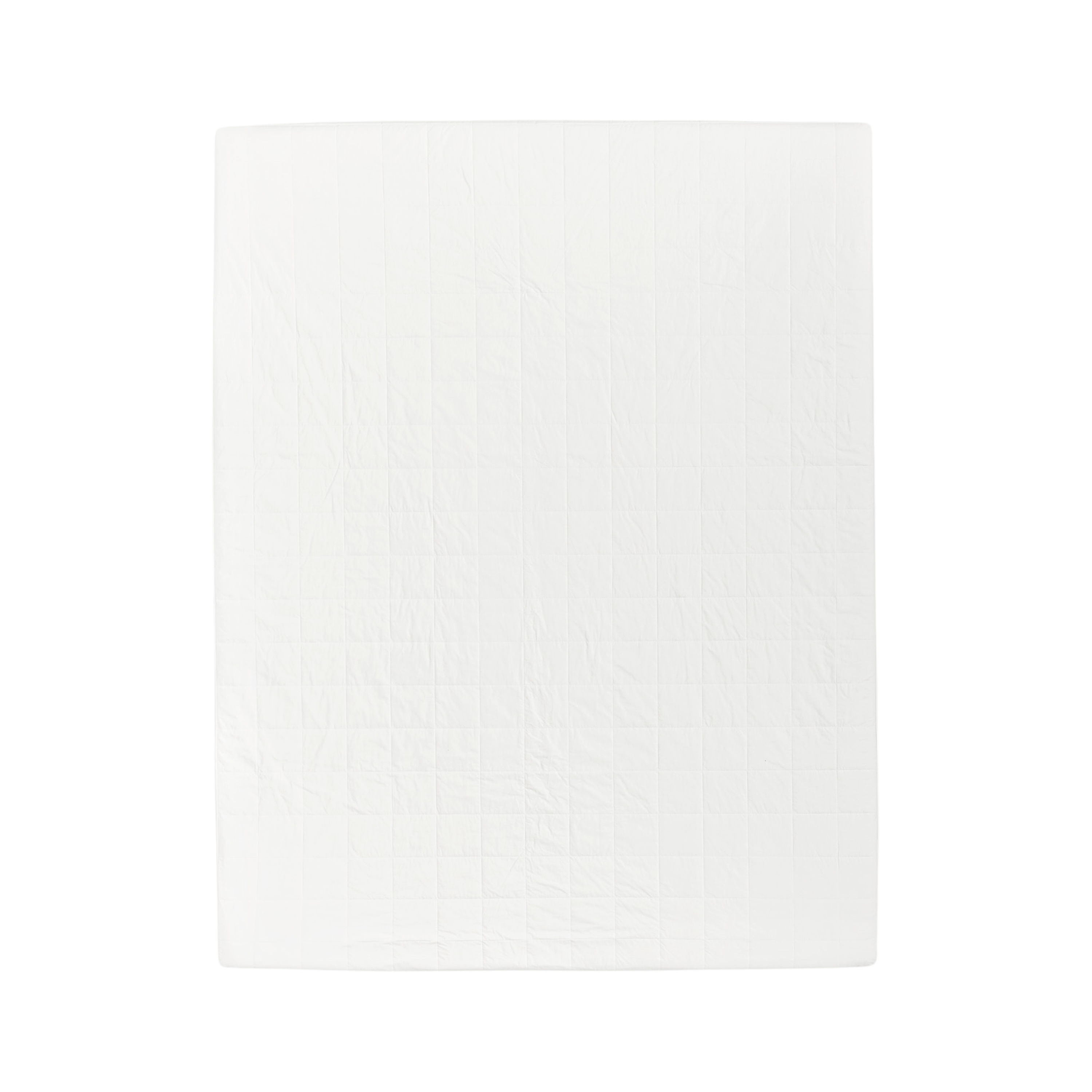
Satin vs Silk – What’s the Real Difference?
Silk Is a Natural Fiber
Silk is made from the cocoons of silkworms. It’s a protein-based natural fiber known for its breathability, hypoallergenic properties, and ability to regulate temperature. SmartSilk uses 100% Tussah silk in all bedding and pillowcases to deliver softness and clean, skin-friendly sleep.
Satin Is a Weave, Often Made from Synthetics
Satin is not a fiber—it’s a type of weave. Most satin bedding is made from polyester or nylon, which mimics the smooth feel of silk but lacks its natural breathability and hypoallergenic benefits. Satin may look shiny, but it often traps heat and can irritate sensitive skin.
Silk Supports Skin and Hair Health
Silk’s smooth texture reduces friction, making it ideal for sensitive skin and fragile hair. Unlike synthetic satin, which may cause irritation or sweat buildup, SmartSilk pillowcases help maintain hydration, reduce breakouts, and keep hair tangle-free.
Breathability and Temperature Control
Silk regulates heat and wicks away moisture, keeping you cool in the summer and cozy in winter. Satin, especially if made with polyester, tends to retain heat and can feel sticky or heavy—especially for hot sleepers.
Why SmartSilk Chooses Real Silk Over Satin

100% Silk Pillowcases
Our pillowcases are made with real silk—not satin blends—providing breathable softness that supports healthier skin and hair. They’re naturally hypoallergenic and Oeko-Tex® Certified for safety and purity.
Organic Cotton Duvet Covers and Sheets
We use pure silk to line our duvet covers and sheets for a naturally cooling, allergen-resistant sleep surface that outperforms synthetic satin in comfort, performance, and longevity.
Wellness, Not Just Looks
Satin may look shiny, but SmartSilk’s silk offers something more: real wellness benefits. Our natural silk fibers are antimicrobial, moisture-wicking, and ideal for those with allergies or skin sensitivities.
FAQs
What is better, satin or silk?
Silk is better for your skin, hair, and overall wellness. It's a natural, breathable fiber that regulates temperature and resists allergens. Satin is usually synthetic and lacks silk’s health and sleep-enhancing properties. SmartSilk uses real silk for better results.
What are the disadvantages of satin?
Satin, especially when made from polyester, can trap heat, cause sweating, and irritate sensitive skin. It may also wear out more quickly and lacks the breathability and hypoallergenic qualities of real silk.
Is satin more expensive than silk?
No—satin is generally cheaper because it’s often made from synthetic materials like polyester or nylon. Silk is more expensive due to its natural origins and production process, but SmartSilk’s products are an investment in long-term comfort and skin health.
Is satin fake silk?
In many cases, yes. Satin is often marketed as a silk alternative but is usually made from synthetic fibers. It imitates silk’s smooth surface but doesn’t offer the same wellness benefits. SmartSilk only uses 100% natural silk—never imitations.
Choose Natural Over Synthetic with SmartSilk
When it comes to your bedding, it’s not just about how it looks—it’s about how it feels and functions. SmartSilk’s silk bedding isn’t just beautiful; it’s breathable, hypoallergenic, and built for better sleep. Ditch the synthetic substitutes and treat yourself to the real thing.
Shop SmartSilk Natural Silk Bedding Today
Where comfort meets integrity. Sleep real. Sleep pure—with SmartSilk.
Read more

What Is Satin vs Silk? Know the Difference for Smarter Sleep Choices
Satin vs Silk – What’s the Real Difference? Silk Is a Natural Fiber Silk is made from the cocoons...

Is Silk Bedding Good for You? Discover the SmartSilk Sleep Wellness Difference
How Silk Bedding Benefits Your Body and Mind Naturally Hypoallergenic SmartSilk’s silk fibers nat...




